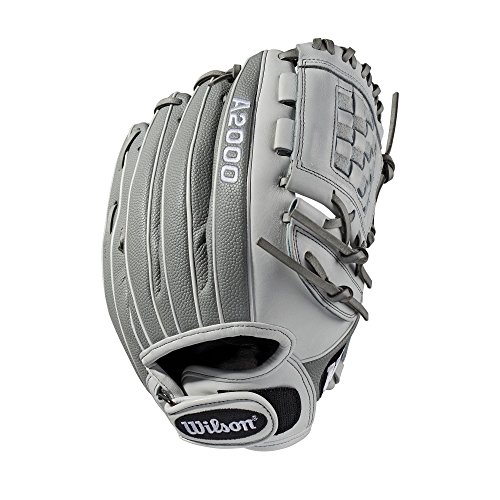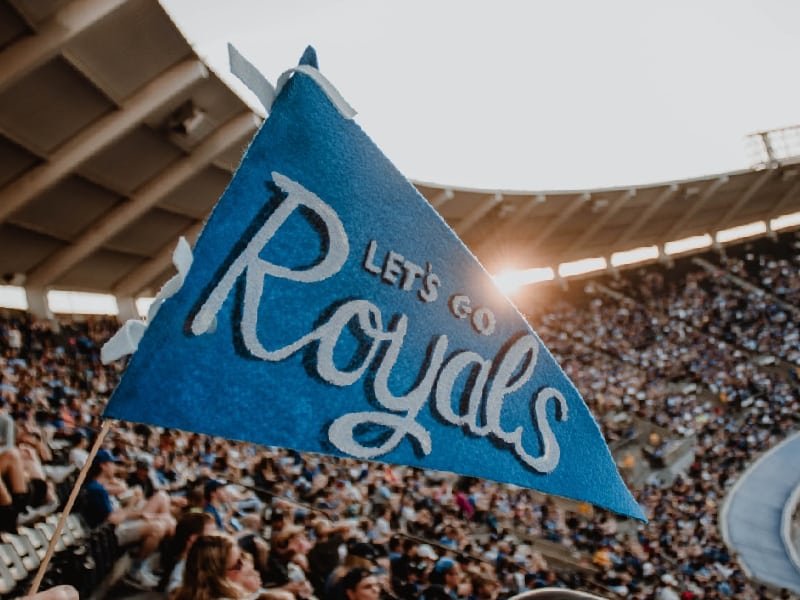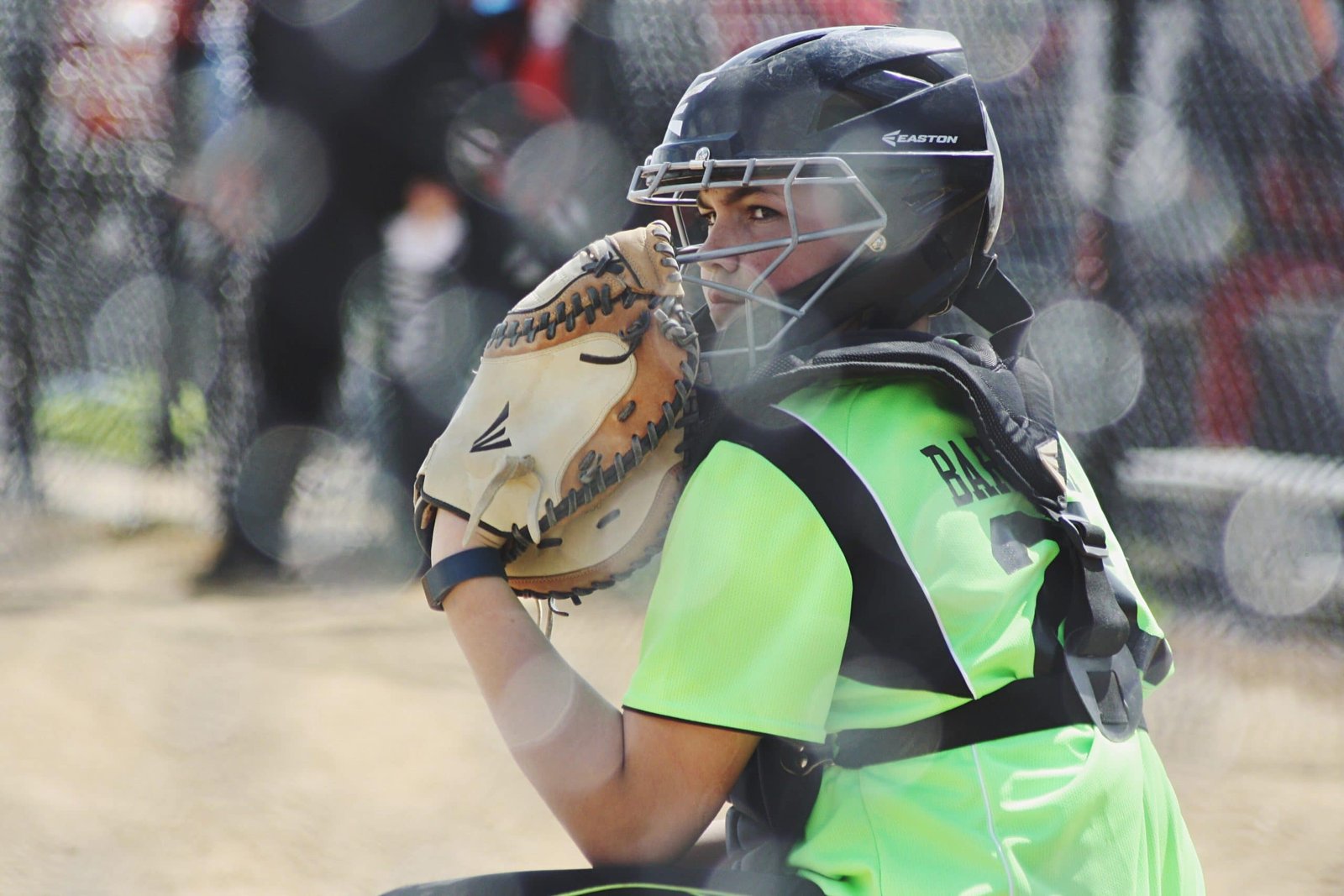How to choose the best youth baseball gloves for your little one? The answer to this question depends on multiple factors. There are a lot of types of gloves like catcher’s gloves and infielder gloves. Foremost among which is the position your child plays in, as catchers mustn’t wear gloves made for pitchers, and vice versa.
Then comes the age of your child. Little ones under the age of seven won’t need gloves bigger than 30-inches regardless of their playing position. Catchers touching the age 15, meanwhile, can even make do with 34.5-inches gloves.
Equally crucial is whether your child is a right or a left-hand thrower. And you cannot ignore other factors including the material the glove is made of, the type of webbing it has, and the size of its pocket as well. Read on to know why.
Anatomy of a Youth Baseball Glove
Here are the different parts of a youth baseball glove.
- Pocket: A compactly woven piece of leather that connects the fingers, the pocket is the indentation in the glove’s palm where the ball will land after being caught. It also allows the fielder to catch the ball and maintain possession.
- Palm: It is a protective padding underneath the leather that protects both your hand as well as the glove. The palm of a baseball glove plays a crucial role in maintaining the health of its pocket.
- Heel: That part of the baseball glove’s palm that is facing your hand’s palm is known as its heel. It serves two purposes. You can count on the heel to protect your hand as well as determine the glove’s break-in time.
- Hinge: Ever wondered why some baseball gloves open/close quickly while others require effort from their wearer to do the same? The hinge is to credit/blame as it’s responsible for letting the glove open/close.
- Laces: What is it that provides shape to the glove? You guessed it. But laces aren’t only responsible for ensuring the glove stays in shape after numerous playing sessions. It also determines whether the glove is easy/hard to break-in.
- Wrist adjustment: Unlike other features you saw above, wrist adjustment doesn’t come with most gloves. It’s an optional feature for those players who love making extra adjustments.
How To Choose Youth Baseball Gloves
Here are various factors you need to know to choose the best youth baseball gloves:
Material
While most adult baseball gloves are made of leather, their youth counterparts have no such homogeneity when it comes to their material of construction. Instead, youth baseball gloves are made of one of three materials, including synthetic leather, mesh-backed material and real leather.
Synthetic gloves
Synthetic gloves are incredibly lightweight, perform well under normal conditions and won’t fall apart as long as you don’t use them in extremely cold conditions. They also have a quick break-in time and can be bought in midweek and worn on the weekend.
The only shortcoming of these gloves is that they aren’t durable. Most might require you to buy their replacement within a few months. Though their quick break-in time and affordable replacement help synthetic gloves offset this drawback.
- Lightweight construction
- Perform well under normal conditions
- Have a quick break-in time
- Not durable
Mesh-back gloves
Also known as padded gloves, these multi-purpose mitts can be used for playing baseball, weight lifting, gym training, fitness and general workouts. They are easier to clean than both synthetic and leather gloves and cost less than the latter.
Though you shouldn’t expect mesh back gloves to provide ultimate protection to your little one’s hand. Unlike synthetic leather or real-leather gloves, they don’t have any padding at the wrist area and leave more than half of your fingers exposed.
- Multi-purpose
- Easy to clean
- Competitively priced
- Won’t provide ultimate protection
Leather gloves
Leather gloves are available in three types: softened oil-treated leather, premium leather, and Pro Series leather. The first type is relatively easy to break-in and gives a proper ‘game-ready’ feel, though it isn’t as durable as the other two.
Premium leather gloves can last a couple of seasons, especially if you take care of them or if you know how to clean a baseball glove. The Pro Series leather mitts on the other hand, are made for professionals. It would thus be overkill for beginners who are still learning the rules of baseball to go for Pro series leather gloves.
- Extremely soft
- Last multiple seasons
- Quite easy to break in
- Aren’t that breathable
Baseball Glove Web Types
You might already be aware of the fact that each baseball glove has a unique webbing. One whose design is dictated by the player’s position on the field and their personal preference preference. Let’s look at the four main types of baseball glove webs:
I-web
One of the most open styles of glove webbings, I webs are the go-to- choice of shortstops, second basemen and other infielders.
Their ‘I’ shape design allows these webbings to let dirt and debris fall right through as the infielder bends down to scoop the ball. That, in turn, helps I-webs facilitate easy ball transfers and exchanges.
Basket Web
Basket webs provide various benefits vis-à-vis I-webs. They are much easier to open and close, have much greater flexibility in their weave and let their wearer conceal the ball’s grip better.
The last benefit makes them a preferred choice of pitchers. However, not all is hunky-dory with basket webbing, as it’s much shallower in depth.
Modified Trap Web
Three specific features define modified trap webs. The first is their design which looks exceptionally futuristic no matter from which angle you’re looking at it.
Then comes their leather lacing which ensures flexibility and ease of closure. Finally, these webs have a leather strip at the top to provide more stability.
Trapeze Web
Trapeze web gloves have everything outfielders need to catch fly balls. They offer a unique combination of a leather strap at the top and interlaced lacing on both sides.
This allows trapeze web gloves to boost greater depth, thereby reducing the chances of the ball popping out of their pocket.
Single Post Web
Single Post Web Gloves’ design cuts both ways. On the one end, by providing them a deep pocket, it makes them a must-have for first basemen whose job involves securing quick throws.
On the other end, the depth of their pocket makes ball transfers difficult for these webs. That’s why second and third basemen will do well to steer well clear of them.
Double Post Web
What is it that separates double post web gloves from their single post counterparts? Only one strip of leather. While these webs have two strips of leather (as shown in the picture), single post webs have only one of those.
This difference is so small that most infielders treat both these types of web as the same. Which is why it’s not uncommon for pitchers or basemen to try one of them in a few games and the other in the remaining.
Two Piece Web
Here’s another type of web that pitchers prefer. Mainly because it helps them to conceal the ball from the batter. And also because two-piece web gloves give their wearers the option to hide their throwing hand in the glove.
Not all two-piece webs are designed the same, though. Some of them are lightweight because of loose (and flimsy) stitching. You should ignore them in favor of their slightly heavyweight counterparts if you want better stitch quality.
Gloves for different positions
Make sure you choose a glove that’s appropriate for your playing position. Here’s why:
Catcher’s Mitt
- Size: 31” or less
- Pocket depth: Depends on preference
- Webbing type: Closed (for more protection) or Open (for more visibility)
These gloves boast a unique fingerless design to protect the hand from feeling the full force of rough, repetitive pitches. They are more padded and larger than other types of baseball gloves and have a distinctive look too.
One thing you may want to note about catcher’s mitt is that they aren’t sized like your traditional gloves. Instead of using length, they are sized in circumference, with youth catchers gloves ranging from 31” or less in size.
First baseman’s Glove
- Size: Between 12” and 13”
- Pocket depth: Extra-deep
- Webbing type: Open-style
First baseman’s glove look similar to catcher’s mitts. But there are two differences between the two. The first is that these gloves don’t have as much padding on their pocket area as catcher’s mitts, mainly because of their wearer’s playing position.
Secondly, while catchers gloves have a webbing running in all directions, first baseman’s mitts have a more defined webbing. Other unique characteristics of these gloves are their shallow pockets and open webbings.
Pitcher’s Glove
- Size: Between 11.5” and 11.75”
- Pocket depth: Extra-deep
- Webbing type: Close-style
Almost all pitchers gloves you see on the market have a closed web design. This is done to help the pitcher hide their grip, as well as the ball, from the batter who would never know what pitch might be next.
As far as their weight is concerned, pitchers’ gloves are very lightweight. Your pitching hand won’t bog down under their weight during your windup. Their sizes for youth baseball players ranges between 11.5 and 11.75”.
Gloves for Outfielders
- Size: Between 12” and 12.5”
- Pocket depth: Deep
- Webbing type: Trap Web
These gloves give the maximum importance to your fingers. They are generally wider and larger than other gloves. An extra protection on the finger is also given. The outfielders have to catch balls with diving. So the finger gets extra support.
Other than their size, which is under 12” for youth baseball players, everything related to outfielders gloves is related to the player’s personal preference. That includes the webbing design, depth of the pocket, etc.
Infielder’s Glove
- Size: 11” to 11 1/2” (Third basemen & Shortstops); 11” to 11 1/2” (Second basemen)
- Pocket depth: Shallow (middle infielder); Deep (third basemen)
- Webbing type: I-web, single post or dual post
Infielders glove have three unique properties that set them apart from other types. They have shallow pockets to ensure quick ball release, lightweight construction to ensure the wearer’s comfort and mostly have an I-web design.
However, not all infielders’ gloves are available in the same size. While third basemen and shortstops prefer gloves between 11 1/2” and 12”, second basemen typically wear gloves measuring from 11” to 11 1/2”.
Youth Baseball Gloves Size Chart
Here’s how you could pick the right size youth baseball gloves:
| Age | Catcher | First Base | Second Base / Short Stop | Third Base | Pitcher | Outfield |
|---|---|---|---|---|---|---|
| Under 7 | 29.5 – 30″ | 11.5″ | 8-10.5″ | between 8-10.5″ | 8-10.5″ | 9-10.5″ |
| 8 – 10 | 30-31″ | 11.5-12″ | 10.5-11.25″ | 10.5-11.5″ | 10.5-11.5″ | 10-12″ |
| 11 – 13 | 30-32.5″ | 11.5-12″ | 11-11.5″ | 11-11.75″ | 11.5-12″ | 11.75-12.75″ |
| Over 14 | 32-34.5″ | 12-13″ | 11.25-11.5″ | 11.5-12″ | 11.5-12″ | 12-13 |
Conclusion
Summarizing everything said above, there are four things you need to factor in when shopping for youth baseball gloves. They include the gloves’ material of construction, their webbing type, the playing position of your little one and their personal preference. Paying equal attention to all these factors will help you choose the best youth baseball glove.























